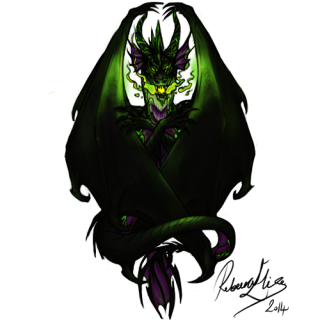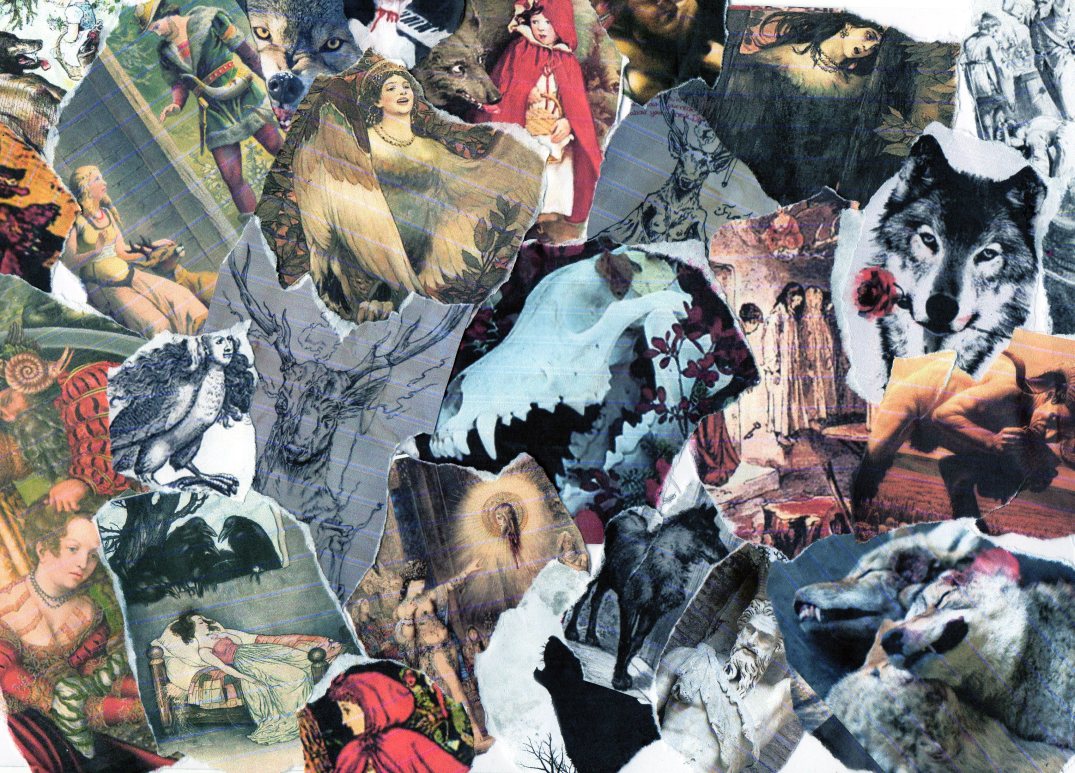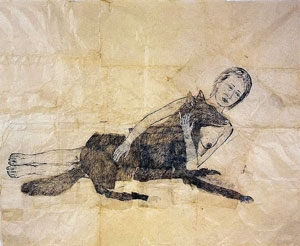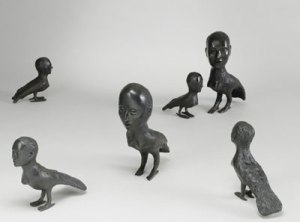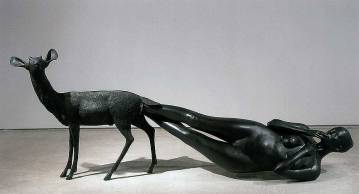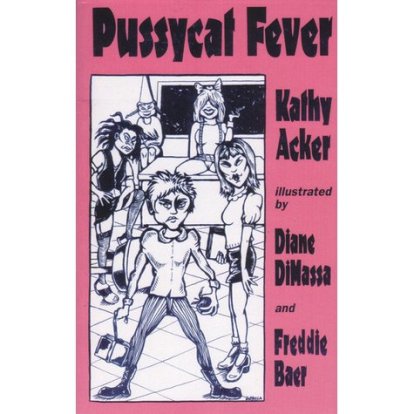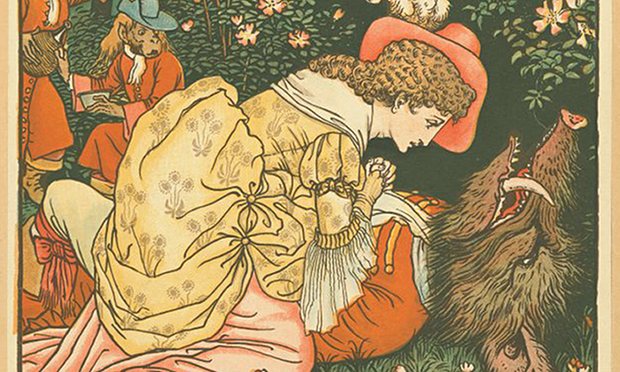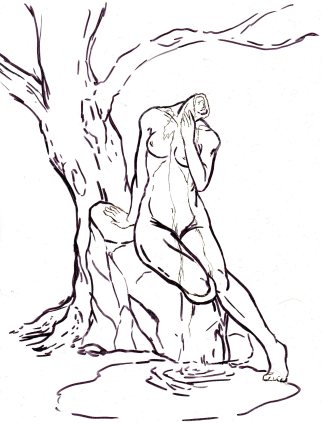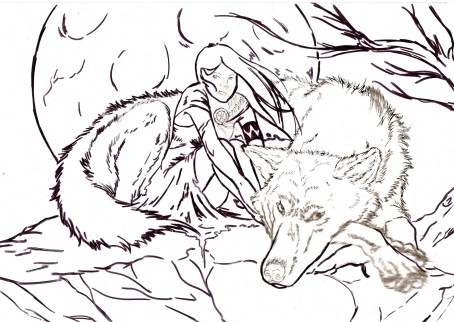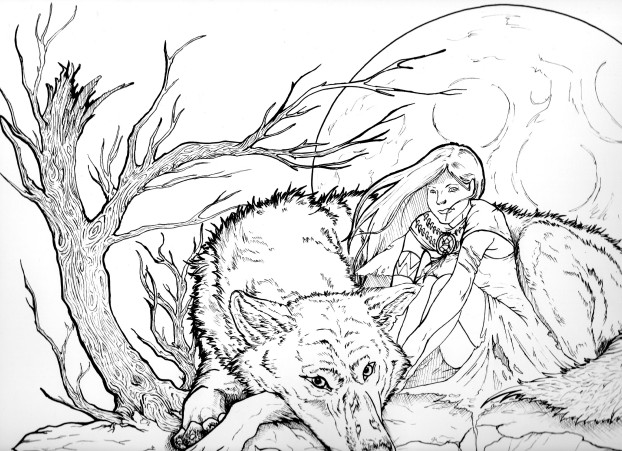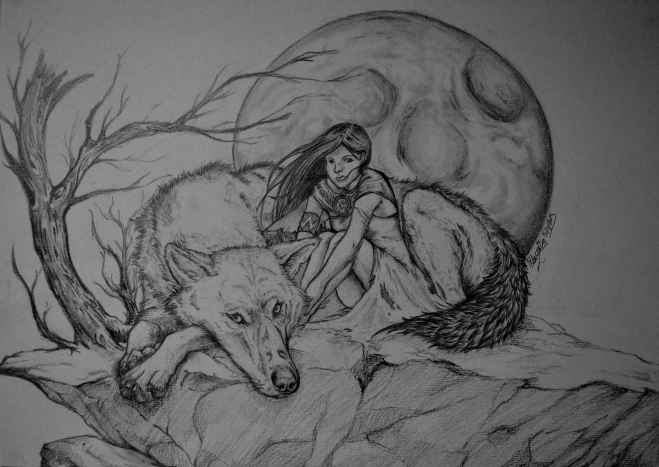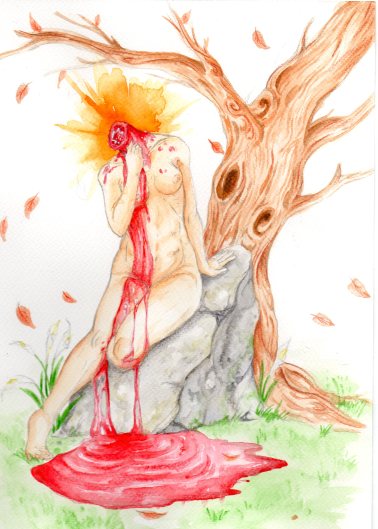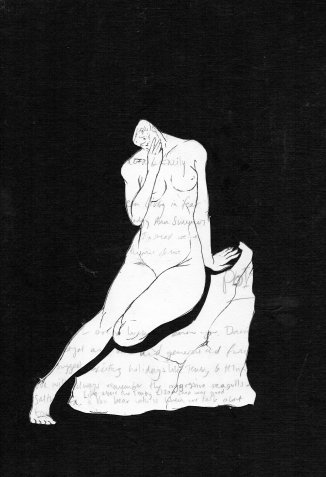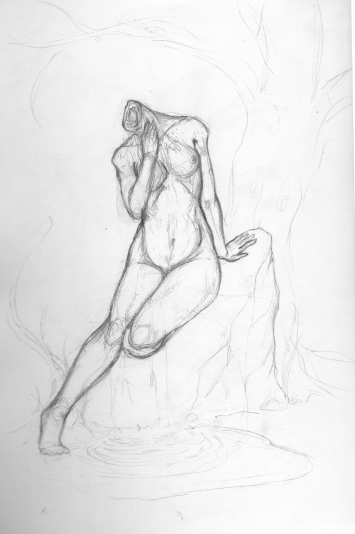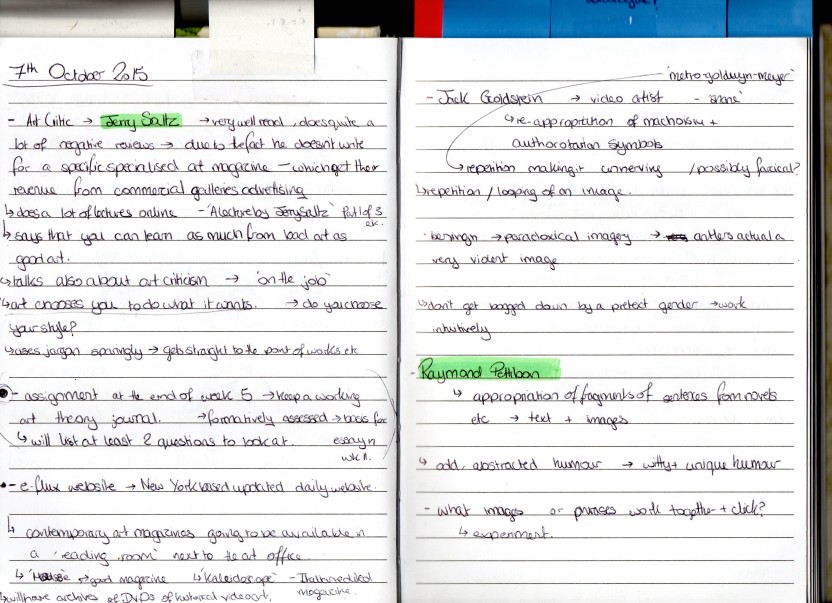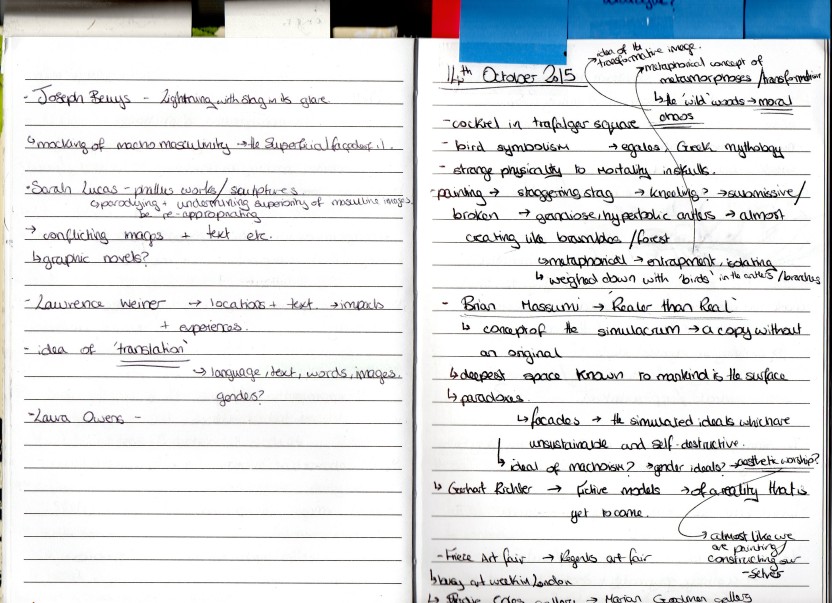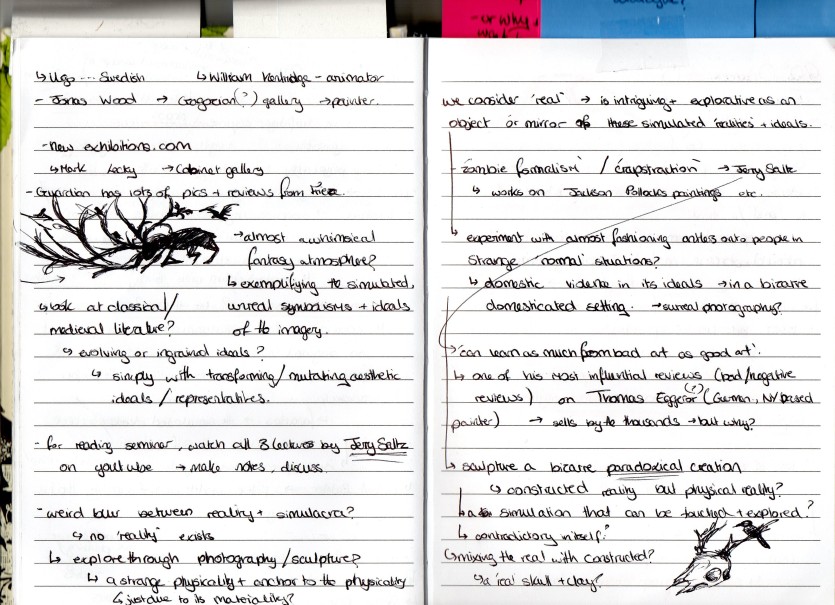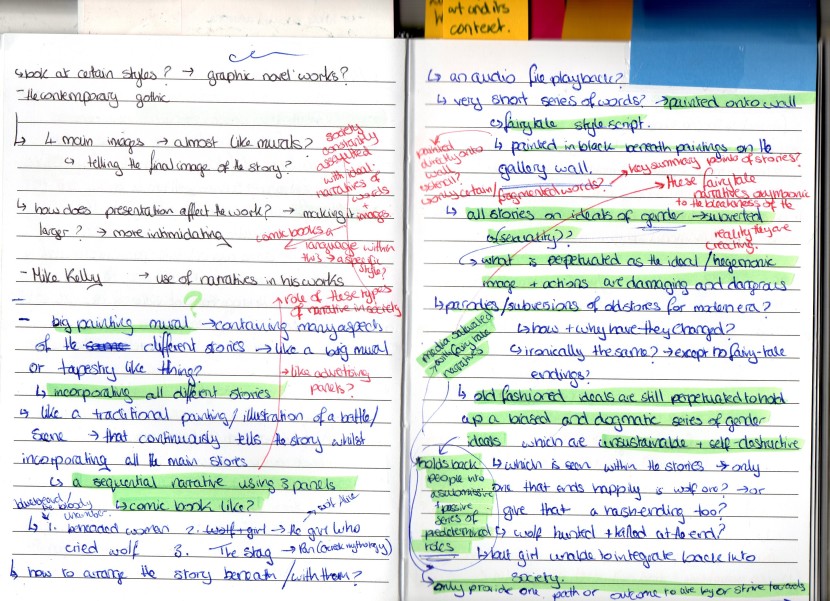As part of a research seminar we explored the use of language and the written word as artworks and art practices and how this medium is constantly evolving with greater recognition and opportunities to use and manipulate it. We also questioned the gallery space as a relevant context for writing rather than a book and found that it was effective in intervening in academic work and the hierarchy of institutions and disrupting and displacing the narratives that they create, with language often used in alienating ways; such as Linda Stupart’s Virus, or Adrian Piper’s Calling Cards.
Initially we began to look at Kathy Acker’s Dead Doll Humility, which through her own reconstructed and abstracted narrative recounts her understanding and experience of language, how she encountered it and saw it as her ‘playground’ and how her re appropriation of language and texts was problematised and condemned. The use of mimetic form enhances the disjointed conflict between what she envisions in her own work and the knowledge that for many people the use of the limitless, continually rejuvenated and added to hyperreal mass of language and text is not a valuable, free or open source for everyone to use and explore. She imagines herself as a Doll created by Capital with no purpose and without the willingness to submit to its tyrannical regime and seek the god-like praise of mastery over language. The problematic medium of re appropriation is questioned and subverted in the text, and can find no justification in not being able to use and rework language and text, as they come loaded with multitudes of meaning, representations, symbols and conceptions of culture, society and history that they are the perfect medium in which to subvert and construct new works from, they already exist in a framework of recognition and symbols to be manipulated.
Hannah Black’s piece Jenny Marx’s Operation also exploits found text and footage in order to deconstruct the ideals of science and the concept that it can create a Utopian existence for us purely based on its superficial abilities and aesthetic. Her work is made is made much more powerful and unnerving with her use of text overlayed onto the abstracted and grotesque imagery in the video. The act of having to read the text creates a greater sense of meaning and makes us more uncomfortable when we feel we cannot relate the images and text to each other in a way which we think we should be able to as we simultaneously attempt to read both text and image within the same dislocated narrative. It takes several viewings to start to try and piece it together and it creates its own fictional narrative that implies that the character receiving the operation is Marx’s wife and places extracts from his Capitol in order to reinforce how abstracted both the text and imagery’s conceptions of Utopia are.
After our research and discussions on the medium of zines and their distinct aesthetic, often D.I.Y and existing in sub-culture, and conceptual identity, we began to create several of our own mini zines within a time constraint using a variety of made and found materials in order to see what we could apply in our own works and explore the narratives and concepts that emerged. With my first zine, I found it quite difficult to work within such a sudden and short time period and struggled at first with what to conceptualise and apply in my zine. I came to realise it was more important to simply work and see what emerged in the things that I began to draw together. Collages became my starting point, modifying them into anthromorphised characters and I then found myself adding very limited words, but the ones I did called upon the language of didactic scientific captions, as if these illustrations were diagrams in part of some larger meaning. The zine I created began to incorporate aspects of my interest in gender ideals and the recycled narratives of the mass media and seemed to evolve into something more parodic and whimsical towards the end which subtly reflected darker undertones of fear of the ‘other’ incorporated into almost a b-movie style and freakshow aesthetic at the end.
My second zine (pictures to be added) felt a lot more relaxed and text heavy, using a discarded dissertation and re working the text and the language to create my own narratives whilst erasing others.
